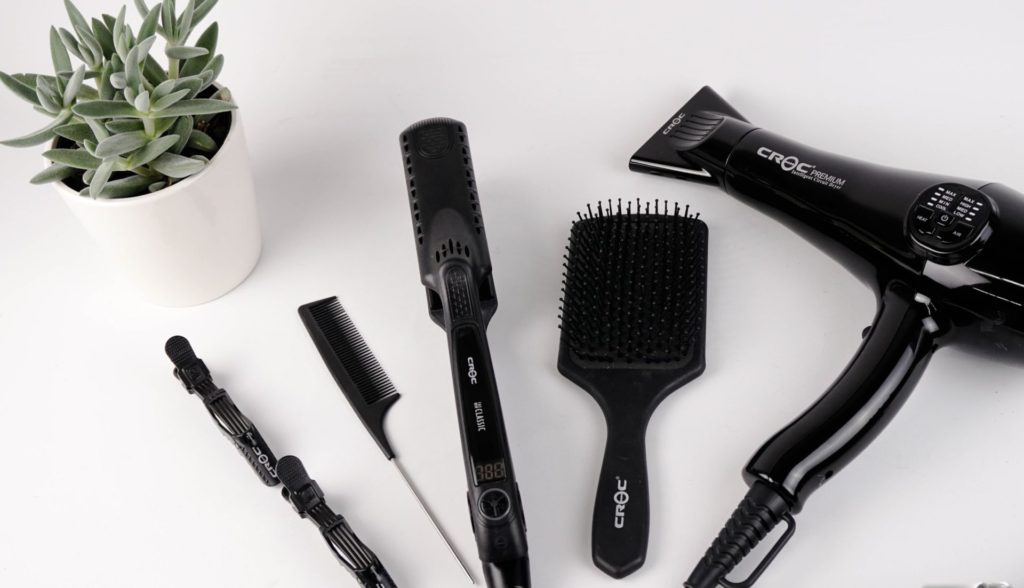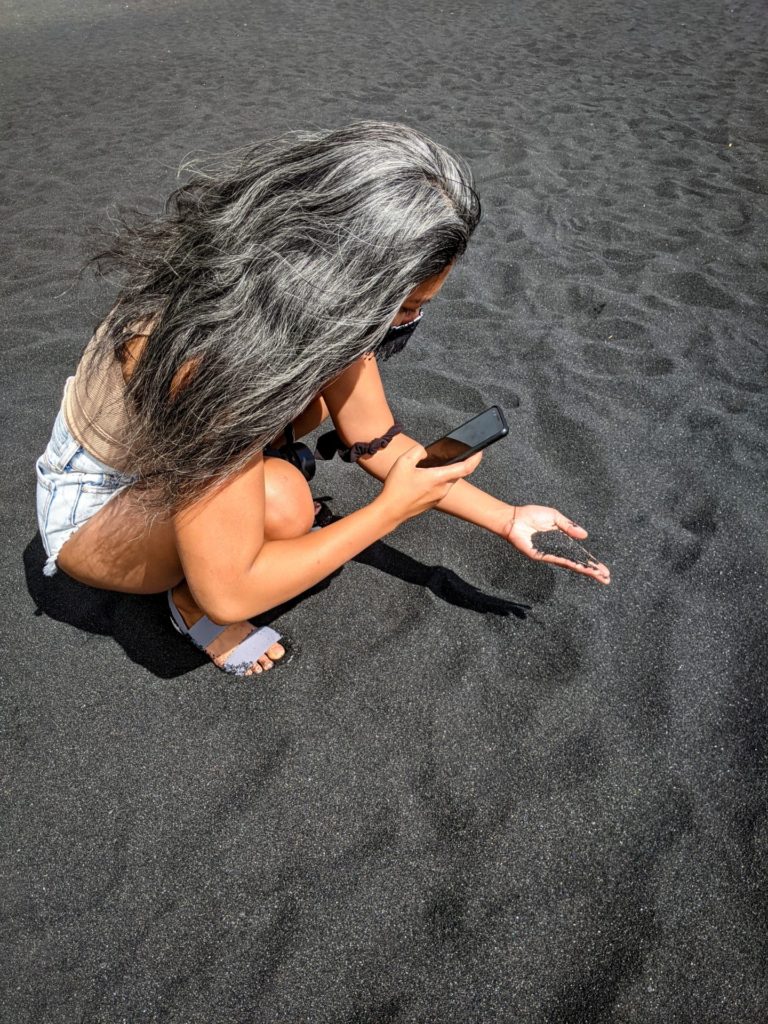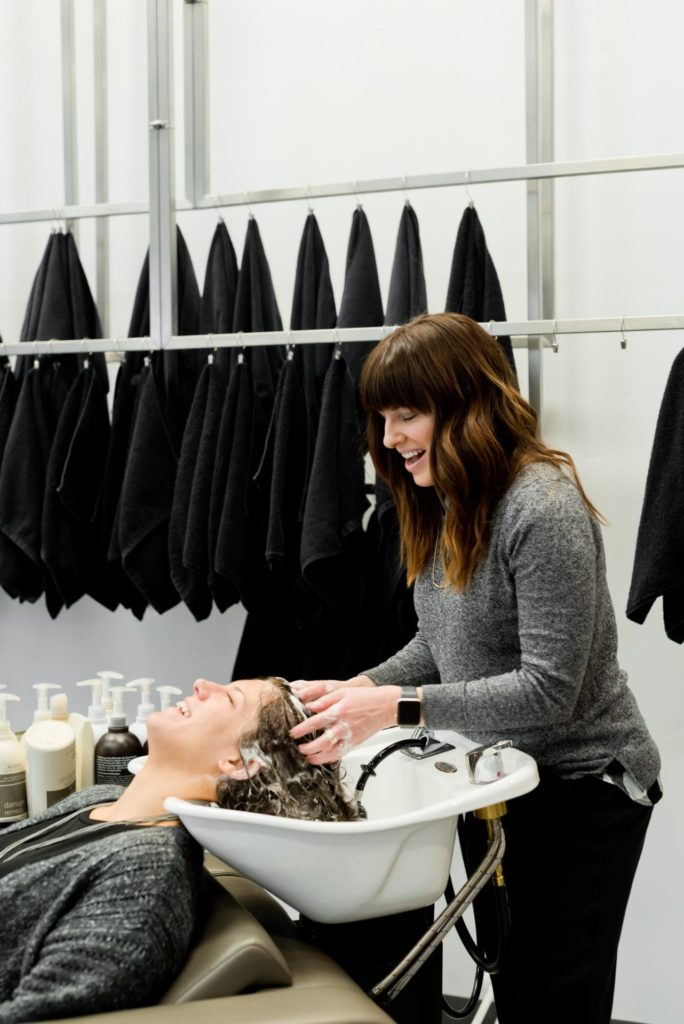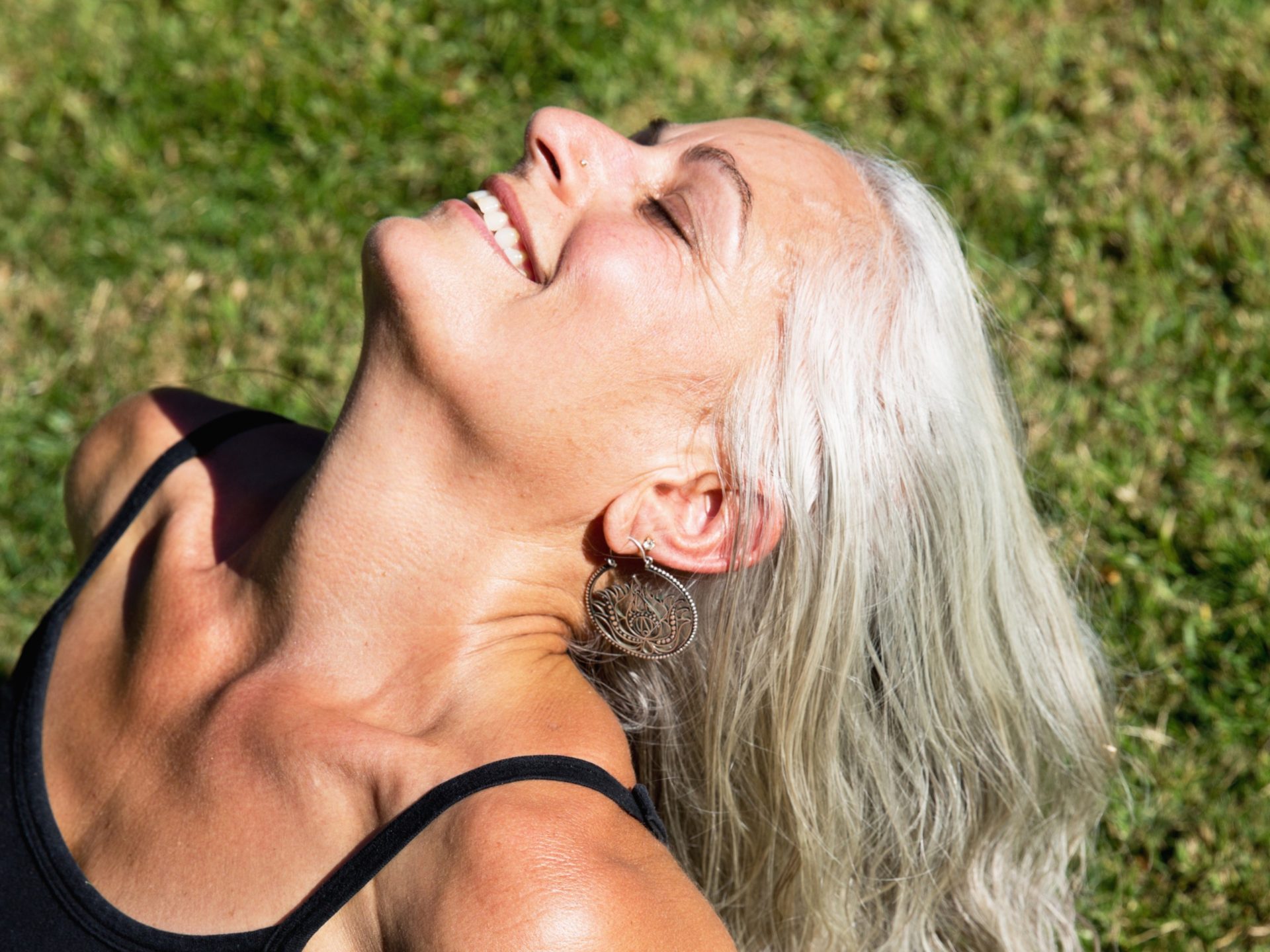HAIR.
A contentious subject in South Africa, given it’s links to our past. For those of us born without naturally silky-smooth tresses, we grew up doing everything within our means to make sure that our hair was “acceptable” to society. After all, the texture of our hair was often used to discriminate and segregate.
In recent times, though, there has steadily been a movement towards people going “natural.” In Cape Town we have comedian Marc Lottering with his signature fro. We have well-known actress Charlene le Roux advocating for natural hair.
I have seen more people embrace this trend – no, embracing their real hair – in the last five years than I’ve seen in my entire life.
Of course, it’s all easier said than done.
For something that has been ingrained in the good majority of us over a certain age, it takes a massive amount of self-confidence to ditch the various blow-dry brushes and flat irons that society has expected from us, and to let it all loose (excuse the pun).

But this article isn’t about embracing our natural hair. Well, it is. But not in the way you may be thinking about it.
This article is aimed at addressing another expectation which is imposed mainly on women. The funny thing is that many women impose this on themselves and on other women. Again, probably because this is the way that society has trained us to think about it.
I’m talking about going grey.
Let that sink in for a bit.
I would bet that a good portion of you women reading this article have dyed your hair at some stage. Maybe it started out just to try out a new colour. But as you grew older, the dye served as a double purpose in covering up the greys as well. Just as well, right?
I found my first few grey hairs when I was still in high school around the age of eighteen; possibly earlier. I distinctly remember my gut reaction. Shame and embarrassment.

Shame at having grey hair at such a young age – like it was my fault. And embarrassment, of course, which was almost a given. How could I go about letting other people see it? Luckily it went undetected for many years (I think) as they were positioned in such a way that they could be easily hidden. I won’t lie. I pulled a few of them out, hoping that it would solve the problem. It didn’t.
At around the age of twenty-one I dyed my hair for the very first time.
Et voila! Just like that the greys were gone! Happy days. At that stage I could get away with dyeing it every second month or so, which was a bonus, as visiting a hair salon can be pricey. When we were living abroad, my fiance (now husband) became quite the expert at colouring my hair at home.
Of course, as the years went by I became greyer, which meant more frequent trips to the salon. It reached a point where my greys would start showing a mere week after spending a small fortune to have it all covered up. On the occasions when I was pregnant, I couldn’t wait to ‘fix’ my appearance. Imagine being uncomfortably post-partum with a head of (unacceptable) grey hair!

But, I recently stumbled upon an Instagram account called Grombre.
It showed a group of women from all around the world who have decided to stop colouring their hair, mainly brought on by lockdown when no one could access a salon. It got me thinking about it. And, honestly, this was the very first time I had ever questioned the reason for dyeing my hair.
I realised, quite shockingly, that the only reason I was colouring my hair was because women (and young women, at that) were not expected by society to be walking around with grey hair. I looked at my husband, who is going grey as well, and realised what a horrible double-standard we have. And this is a worldwide phenomenon. Why is it acceptable for men to go grey (at any age, mind you) but not women? Look at Max Joseph (from MTV’s Catfish). Apparently he started going grey at 15 and look at how great he looks! As women, we’re expected to cover it up before anyone sees us. Because heaven-forbid that we actually have early greying coded into our genetics!
But, wait! A revolution has begun, and I have a feeling that it’s here to stay.
Locally we have Michelle Gildenhuys Adams embracing her grey, and she looks absolutely amazing. I also saw a photo of Tia Mowry (of Sister Sister fame) sporting her natural greys at 42.
My last dye was on 28 July 2021, and I am nearly four months in. I’ve watched YouTube videos, followed a number of Instagram accounts and even joined up with a Facebook group as a means of gaining some moral support as well as inspiration.
Apparently there are a number of ways to go grey. I’ve chosen to go the cold turkey route. So at this stage of my journey, the demarcation line is quite easily seen.
Even if it doesn’t look too great right now, I can’t wait to see what I will look like when I am fully transitioned. After more than 20 years of hair dye, I’ve forgotten what my actual hair colour is. Also, because I’ve always been so quick to cover up the silvers, I have no idea what my greying pattern looks like.
I am excited about the process ahead. But, moreover, I feel liberated. To the dreaded society, I say: I don’t care that I’m not supposed to let my greys show. This is me. This is what I was created to look like. My grey hair is coded into my genetic make-up. I was predestined to go grey early. I will no longer allow my appearance to be dictated by you.
And I am proud to be a revolutionary. A Silver Sister.
Are you bold enough to join me?

